I'm a mattress tester — here's how to break in your new bed quickly
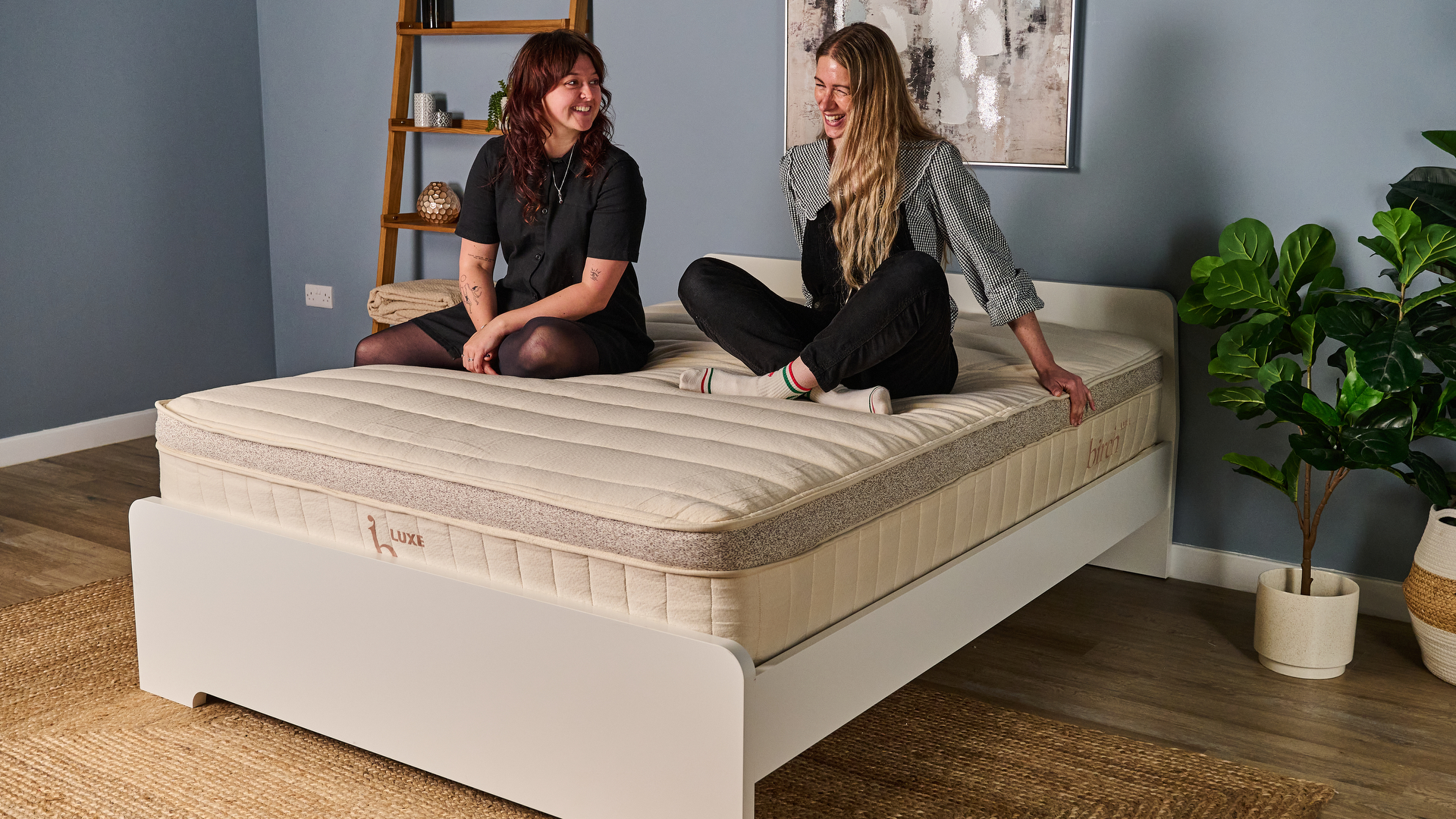
At Tom's Guide we have plenty of experience with new beds — we're constantly trying different ones to identify this year's best mattresses to buy online. So we know that it often takes some time to break in a mattress.
If you've bought a new bed in the mattress sales, you might find that the 'fresh out the box' feel isn't the dreamy comfort you were hoping for. But if that's the case, give your mattress a chance to break in before you give up it. Here's how to go about it, plus how long it takes to break a mattress in.
Do you need to break in a mattress?
Breaking in a mattress helps the materials shake that 'fresh out the box' stiffness. When a mattress is new it's at its firmest, and you might notice the materials don't 'yield' to your body. Breaking the mattress in helps loosen and soften the interior layers.
This breaking-in period will happen naturally as you use the mattress, but if your new bed isn't meeting your expectations, you might want to encourage things along. That's where this guide comes in.
How long does it take to break in a mattress?
The mattress break-in period will often last a few weeks, although how long it takes will depend on the type of mattress. An innerspring mattress, for example, will typically break in faster than a foam bed.
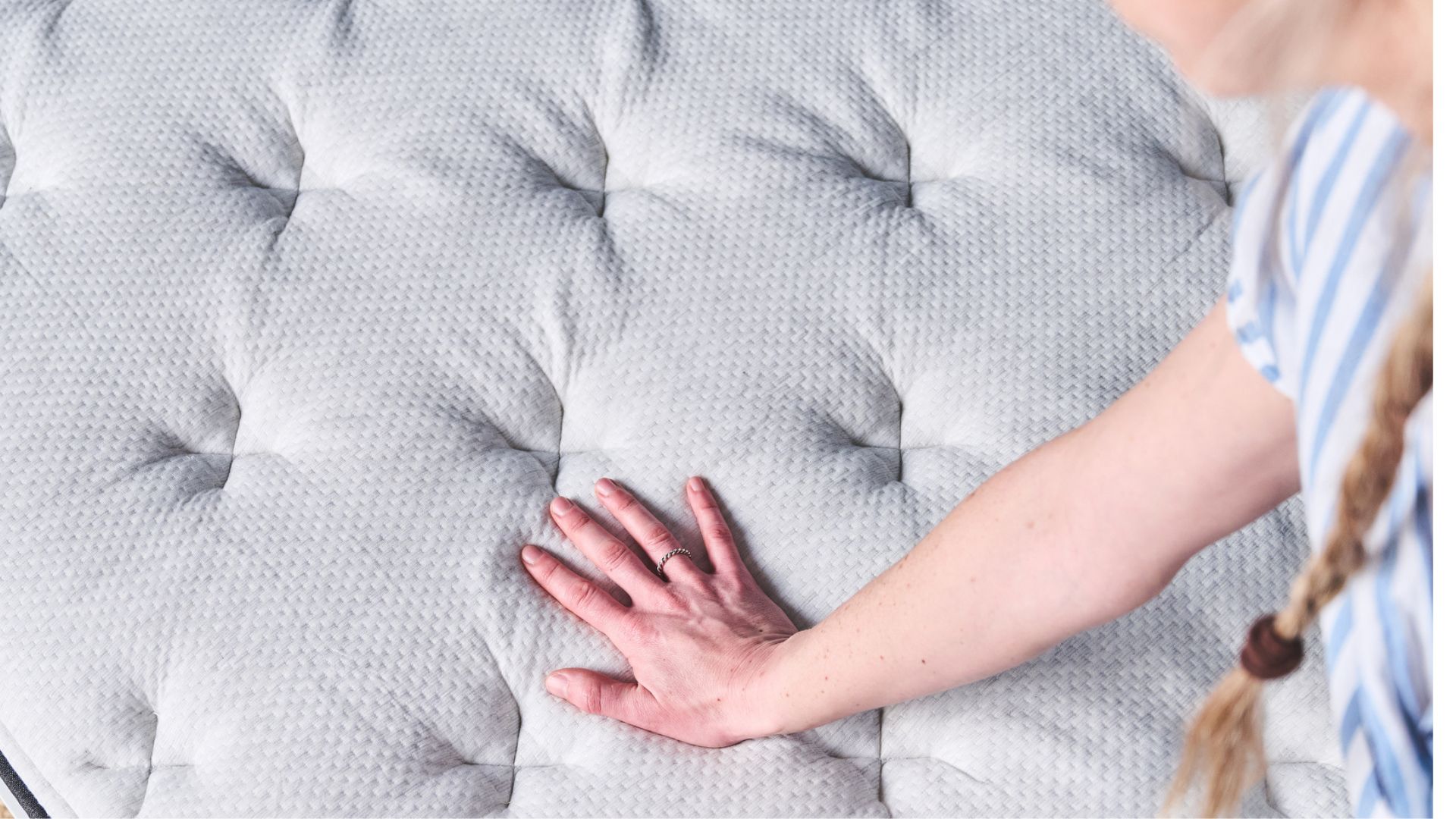
Body type also makes a difference; people with a lighter build might need a few more weeks to break in the materials.
Some mattresses will also break in more than others. For example, the best firm mattresses will still feel hard even after regular use. On the other hand, if you're after a medium firmness mattress, you might find your initially firm bed changes significantly as the bed adjusts.
Get instant access to breaking news, the hottest reviews, great deals and helpful tips.
Many mattress brands insist on a 30-day testing period before you can return a mattress, which reflects an average break in period.
It also gives your body time to adjust to the feel — at Tom's Guide, a crucial part of our mattress testing methodology is to spend at least three weeks using the bed before writing a review.
7 ways to break in a mattress
Taking a bit too long to get comfortable? Here are some steps you can take to speed up the mattress break-in process.
1. Allow it to expand properly before use
Boxed mattresses come flattened, compressed and wrapped in layers of plastic. Once released from the packaging, the mattress will return to its full shape.
Some boxed beds expand in just a handful of hours while some can take several days. However, using your mattress before it's finished expanding is one of the biggest mistakes you can make when unboxing a mattress.
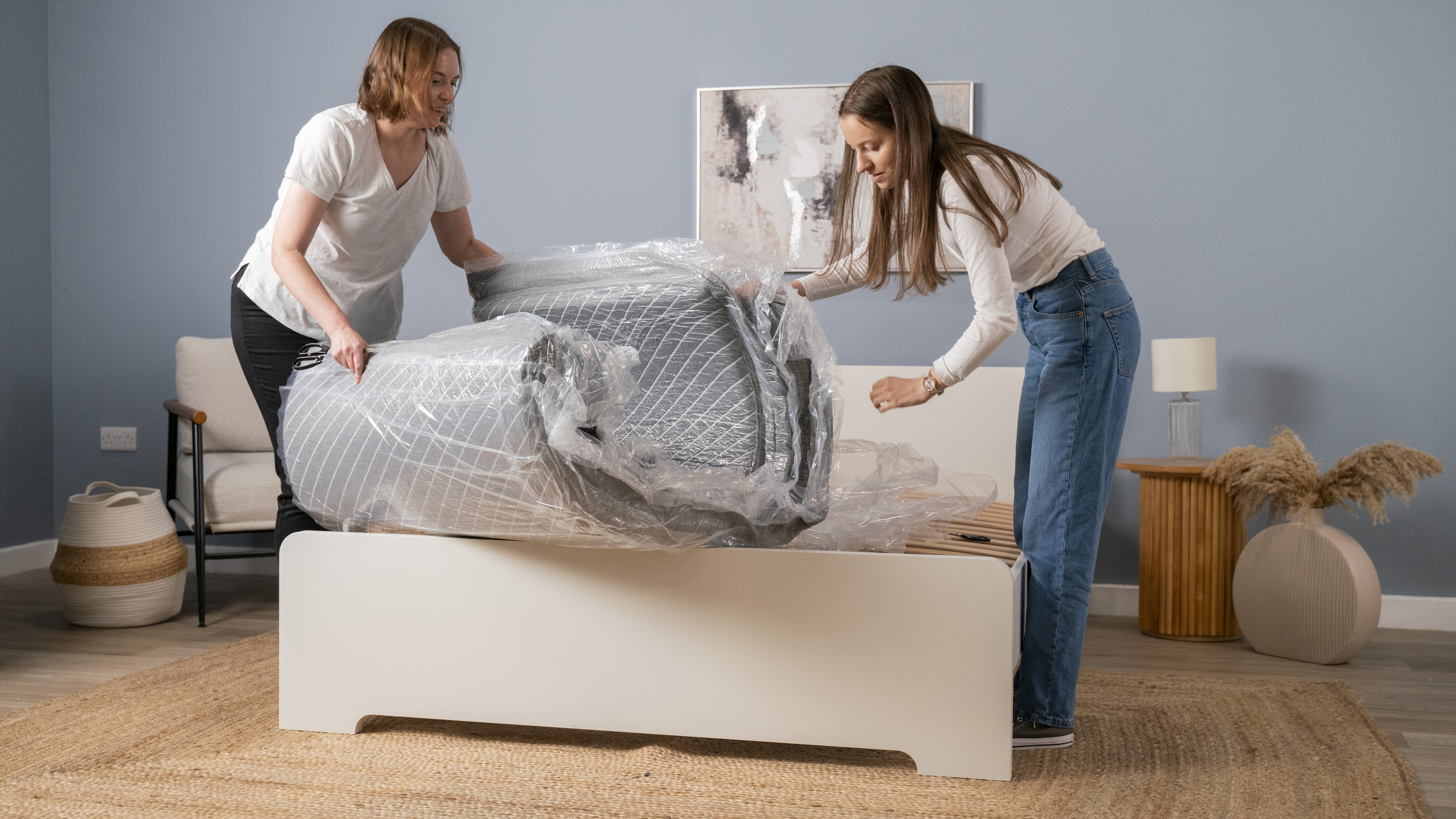
By applying pressure before the bed has sprung into shape, you risk damaging the interior materials. That means even the best mattresses in a box might not deliver the comfort you were expecting.
2. Sleep on it every night
If your new mattress doesn't feel comfortable, you might be tempted to retreat to the guest room. But this will only delay the breaking-in process.
By using the mattress every night you apply much-needed pressure to the materials, helping remove that 'fresh out the box' feeling.
3. Relax on the bed, even when you're not sleeping
We typically advise only using a mattress for sleep, to better maintain the mental connection between 'being in bed' and 'going to sleep.'
But if you're trying to break in a mattress, you might want to move your TV watching, book reading and general relaxation into the bedroom. The extra weight and pressure being applied outside sleeping hours will speed up the breaking-in process.

And if there are two of you sharing the bed, use this time to break in the middle part of the mattress.
4. Try a different sleep position
Most of us have a preferred sleep position that we spend the majority of the night lying in. Different positions require different features from a mattress.
For example, the best mattresses for side sleepers tend to have plush cushioning to relieve pressure at the shoulders, while the best mattresses for stomach sleepers are typically firmer to support the lumbar region.
Changing sleep position won't help you break the mattress in quicker but it can make the break-in period more comfortable. So if you're a side sleeper finding that your new bed is too firm around the shoulders, try back sleeping for a week.
5. Rotate the mattress
Regularly rotating your mattress can extend its lifespan and we recommend rotating your bed 180 degrees roughly every six months throughout your time owning it (many brands require rotation as part of the warranty conditions).
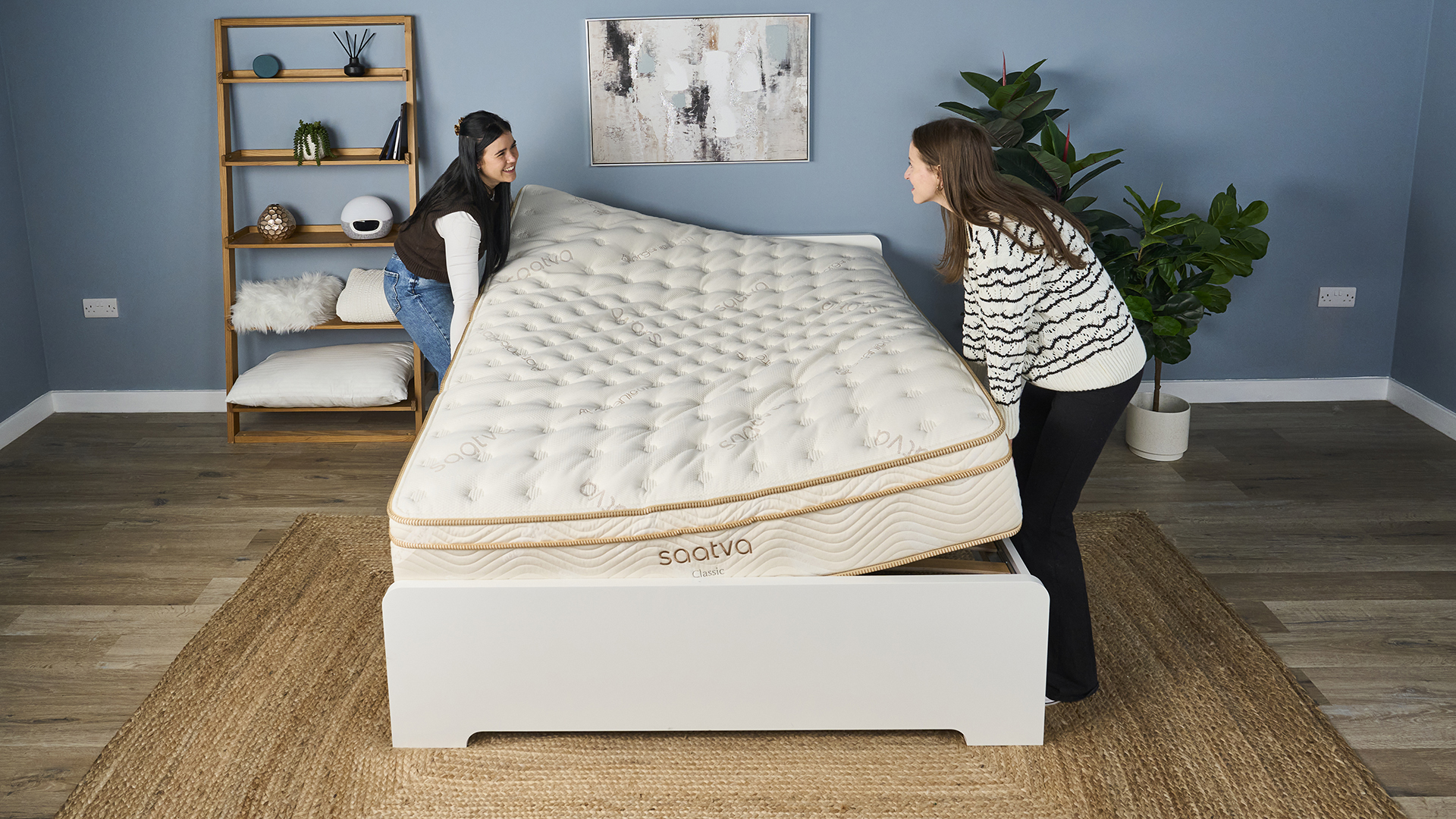
But when you're first breaking in your mattress, aim to rotate it more regularly — roughly every three weeks.
This helps ensure every part of the mattress is broken in evenly, not just the area you sleep on every night.
6. Turn up the heat
Memory foam responds to heat (it's partly why memory foam contours to your body.) Turning up the heat in your bedroom can help the foams break in faster.
And it's not just the best memory foam mattresses that respond to this method, as many of the best hybrid mattresses also feature layers of memory foam that need some breaking-in.
Just make sure to turn down the heat before going to bed, so you can enjoy the perfect temperature for sleeping.
7. Be patient
The most effective method to break in your mattress is simply to use it, but this isn't a quick solution. Stay patient and you should find that you and your mattress gradually adjust to each other.
And keep in mind, a good mattress should last between six and ten years (and a high quality foam or latex mattress might last even longer.) So in the grand scheme of its lifespan, the few weeks you spend breaking it will be minimal.
What to do if your mattress still doesn't feel right
Buying a mattress isn't a science. The bed that sounds just right online might not meet your expectation. The mattress you loved during your in-store cat nap can feel different when you spend more than 10 minutes on it.
For this reason, most online mattress brands will offer a sleep trial.
A sleep trial is a set period that allows you to try out the mattress at home. An average sleep trial lasts 100 nights but some brands offer as long as a 365-night trial. If you're still within your sleep trial and unhappy with the feel of your mattress, contact the manufacturer to arrange a replacement or return.
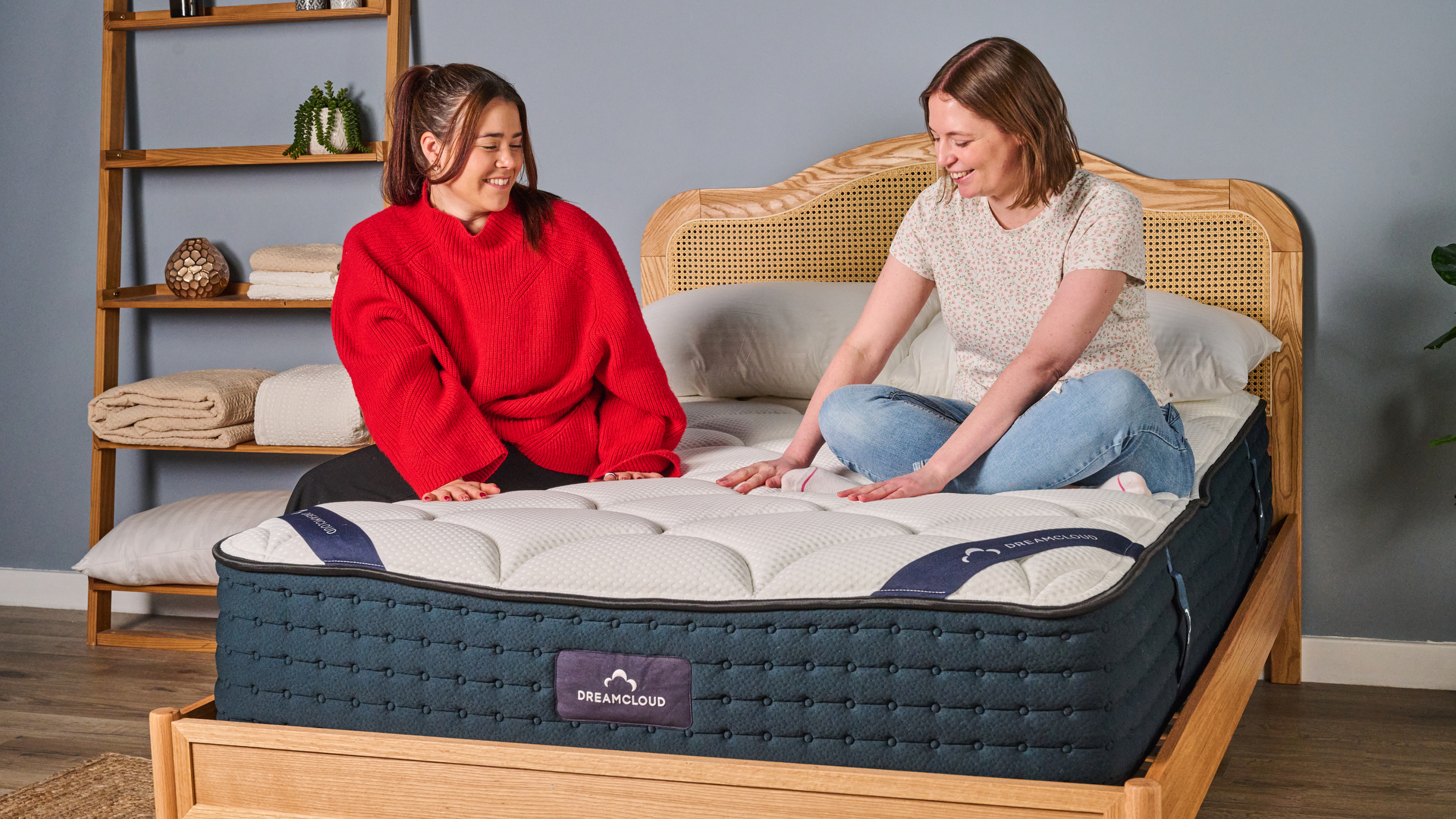
If your mattress didn't come with a sleep trial (or you've missed the trial period), you still don't have to put up with a bad bed.
First, assess if the problem with the bed might be structural. Lumps, bumps or sagging in a new mattress might indicate a manufacturing issue which should be covered by your mattress warranty.
Second, make changes to your overall sleep setup.
If your mattress is too firm, consider adding a soft mattress topper. The best mattress toppers adjust the feel of your bed. For a too-firm mattress, consider a thick memory foam mattress topper.
Conversely, if your bed is too soft, think about what goes underneath your mattress. A solid foundation, such as a platform or bunkie board, will typically make a mattress feel firmer than placing it on a slatted frame or box spring.

Ruth is an experienced Senior Staff writer at Tom’s Guide, covering all things sleep and mattresses. She writes to help people sleep better, from how-tos to the latest deals to mattress reviews, and has interviewed an array of experts who share her passion. She is also our specialist on memory foam — she’s flown around the world to see memory foam being made — and leads our hotel mattress content. She has a deep interest in the link between sleep and health, and has tried enough mattresses, from Helix to Nectar to Simba, to know the right bed really can make a difference to your wellbeing. Before joining the team at Tom’s Guide, Ruth worked as a sleep and mattress writer for our sister website, TechRadar.
You must confirm your public display name before commenting
Please logout and then login again, you will then be prompted to enter your display name.
